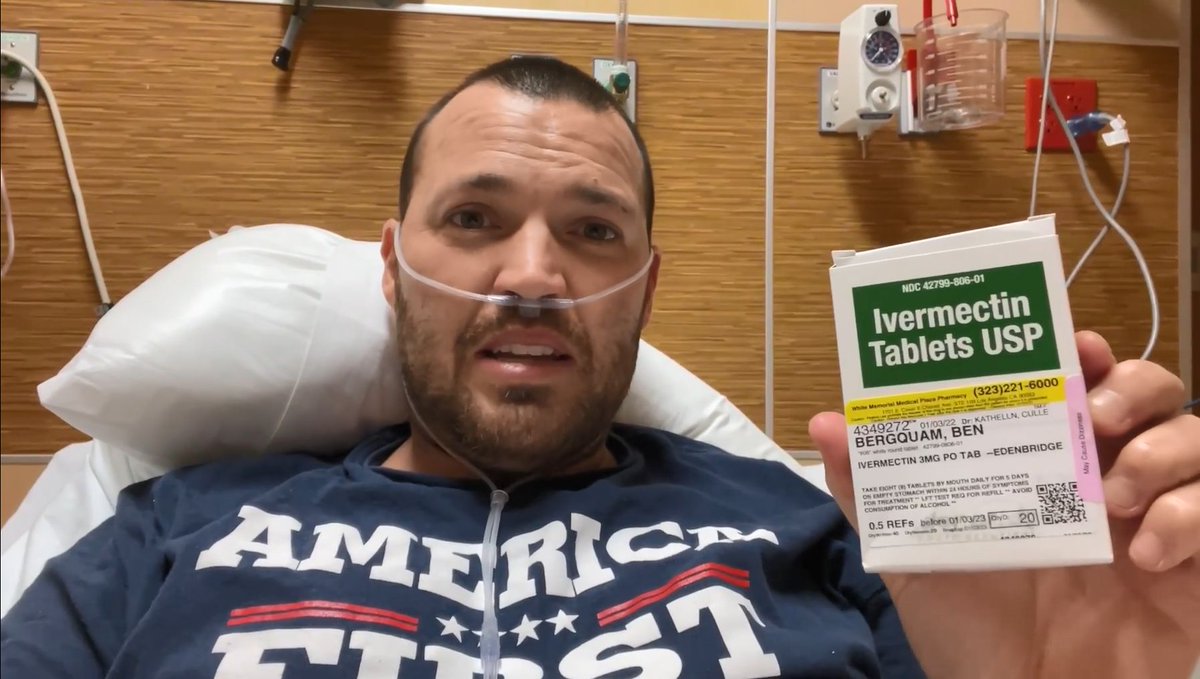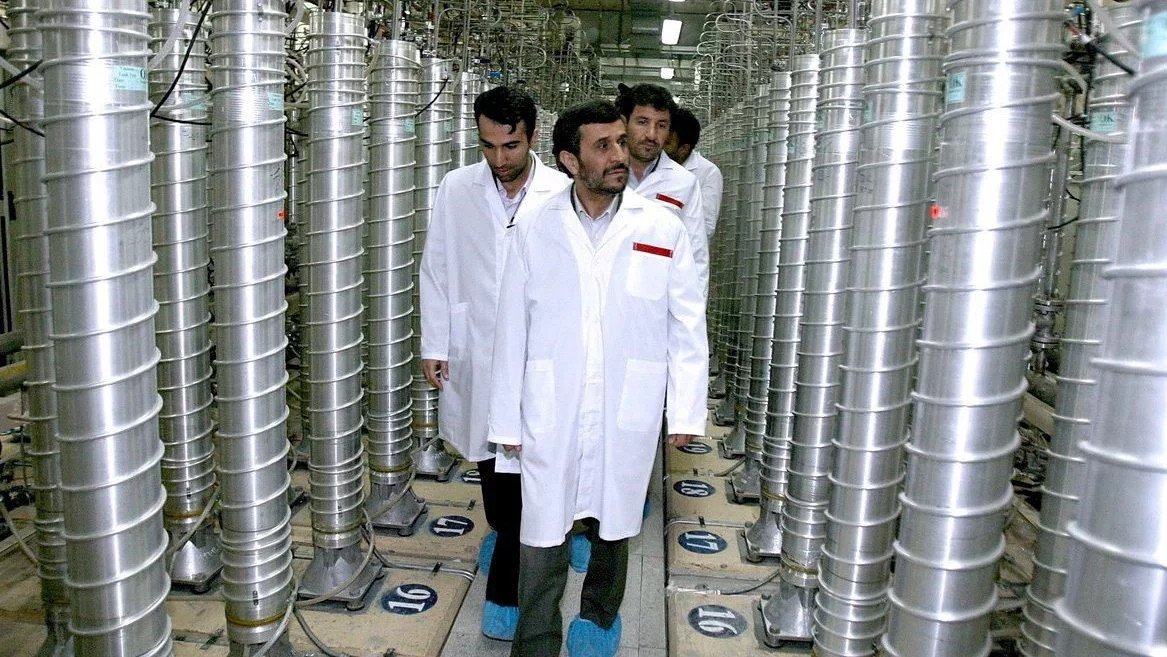I'm actually really glad you've brought this up, because it wasn't covered in my story out earlier today:
npr.org/sections/healt…
But I do think it's important to talk about some of the potentially troubling impacts of these prescriptions... (another 🧵)
npr.org/sections/healt…
But I do think it's important to talk about some of the potentially troubling impacts of these prescriptions... (another 🧵)
https://twitter.com/cales18/status/1491438288305295361
Ben Bergquam gave a pretty full account of what happened to him in his facebook video. He became sick before Christmas and started taking alternative therapies including hydroxychloroquine, zinc, vitamin D, and other unspecified treatments (possibly ivermectin). 

But according to his own account they didn't work. His fever spiked at 105, and he had serious trouble breathing.
He then went in on Day 8 to seek monoclonal antibody treatment (a proven therapy) and antibiotics for COVID-induced bilateral pneumonia. Also proven...
He then went in on Day 8 to seek monoclonal antibody treatment (a proven therapy) and antibiotics for COVID-induced bilateral pneumonia. Also proven...
And at one point in the video Bergquam himself ALMOST says that those proven therapies saved his life...
Now could he have avoided getting so sick? Probably through vaccination. CDC data shows that vaccination reduces an adult's risk of hospitalization by 17x. 

But Bergquam is an anti-vaccine person, so he's unlikely to do that. Here's the key thing: If he'd not stayed at home taking these drugs and gone straight to the hospital to get the proven therapies, his outcomes would have likely STILL been much better....
And he did suffer terribly. He posted X-rays of his lungs to Facebook. I showed them to two doctors, both of whom said this is pretty serious and he's lucky to be alive. 

He has been on and off supplemental oxygen since getting sick.
The good news is that his health is improving, and he may yet make a full recovery.
The good news is that his health is improving, and he may yet make a full recovery.

I think this is a key point that gets missed in the ivermectin debate. It's true: the prescription drug itself may not complicate COVID.
But it can cause people to delay proven care, and that can be dangerous.
But it can cause people to delay proven care, and that can be dangerous.
Finally, although Mr. Bergquam decided not to speak to me, he did post about my story this morning. I'd be remiss not to include his opinion in this thread about his health. 

• • •
Missing some Tweet in this thread? You can try to
force a refresh














